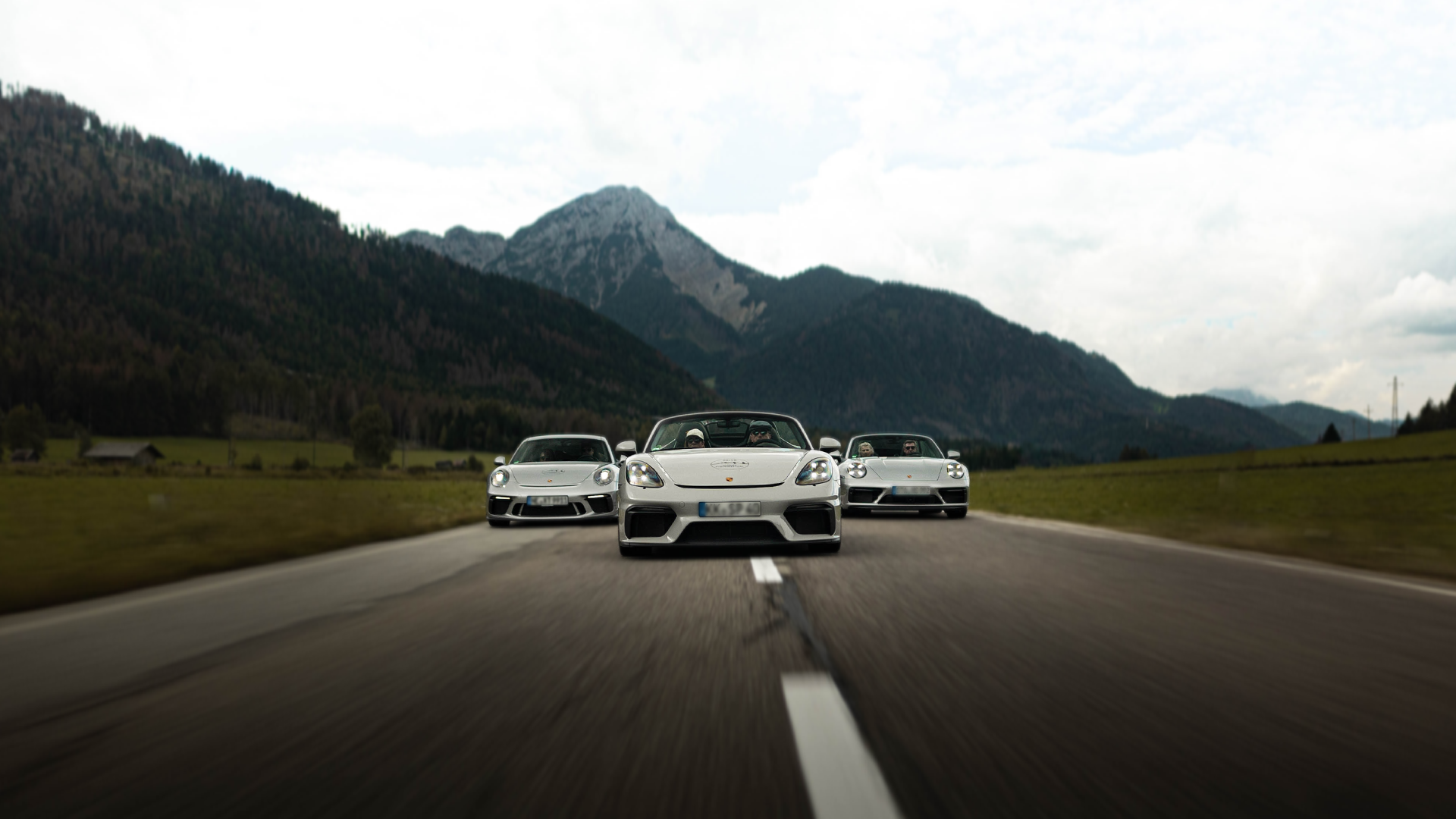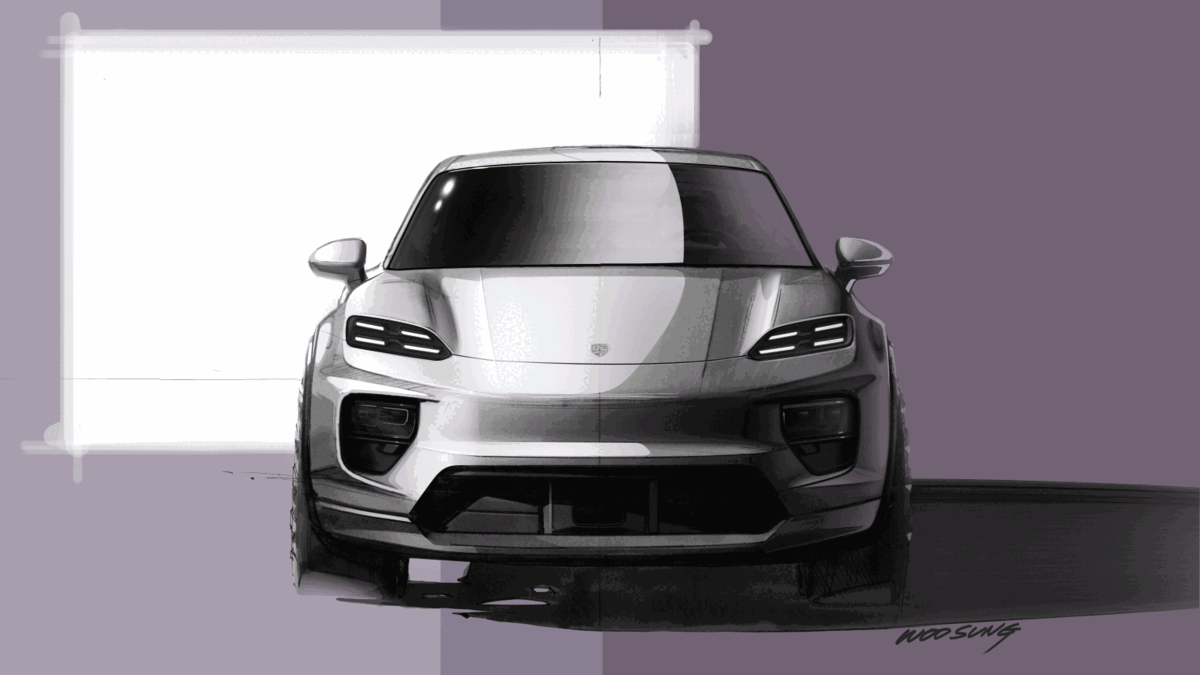Tom Kristensen – Mr. Le Mans
Nine victories at Le Mans, six wins at Sebring, many years of motorsport experience and always keeping his feet on the ground – we’re talking about Tom Kristensen. He saw the light of day on July 7, 1967 in Hobro, Denmark. Together with us, he looked back a little on his racing career in the following interview and also answered questions submitted in advance by our Instagram community.
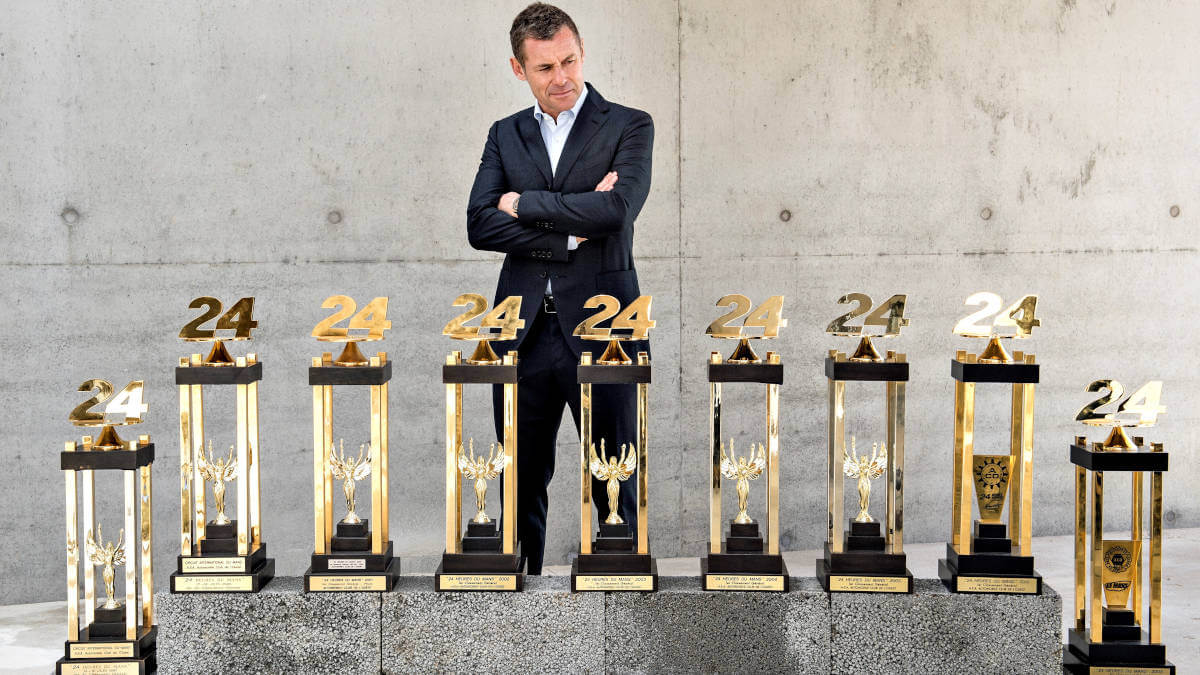



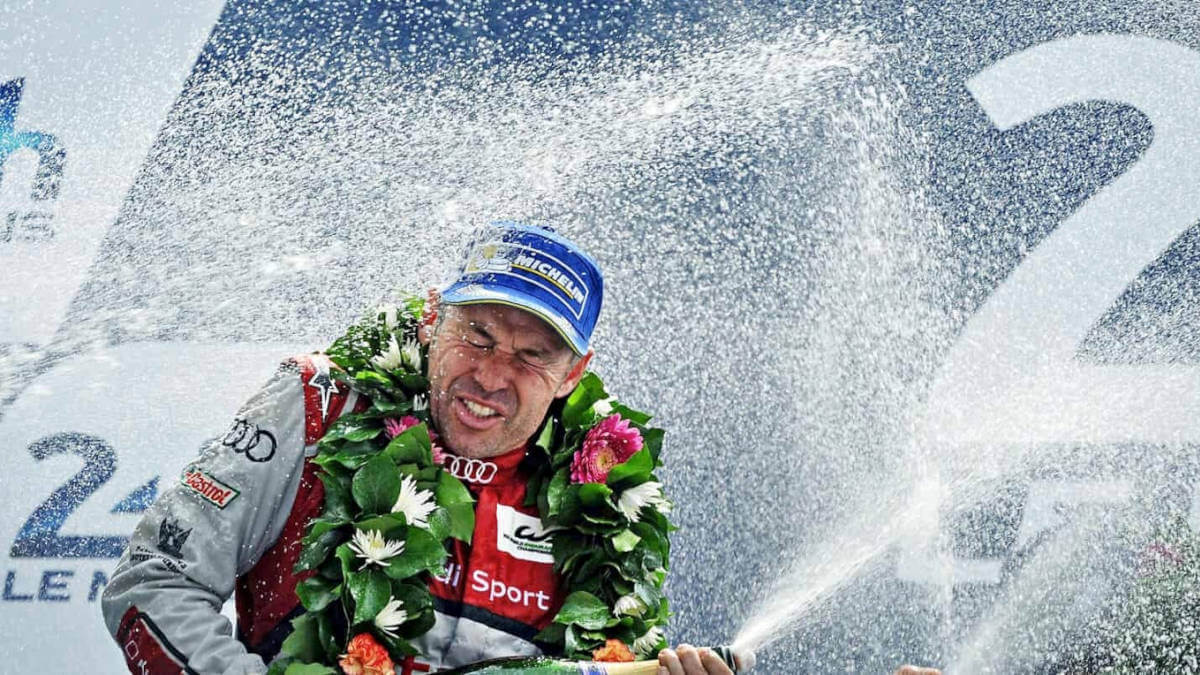



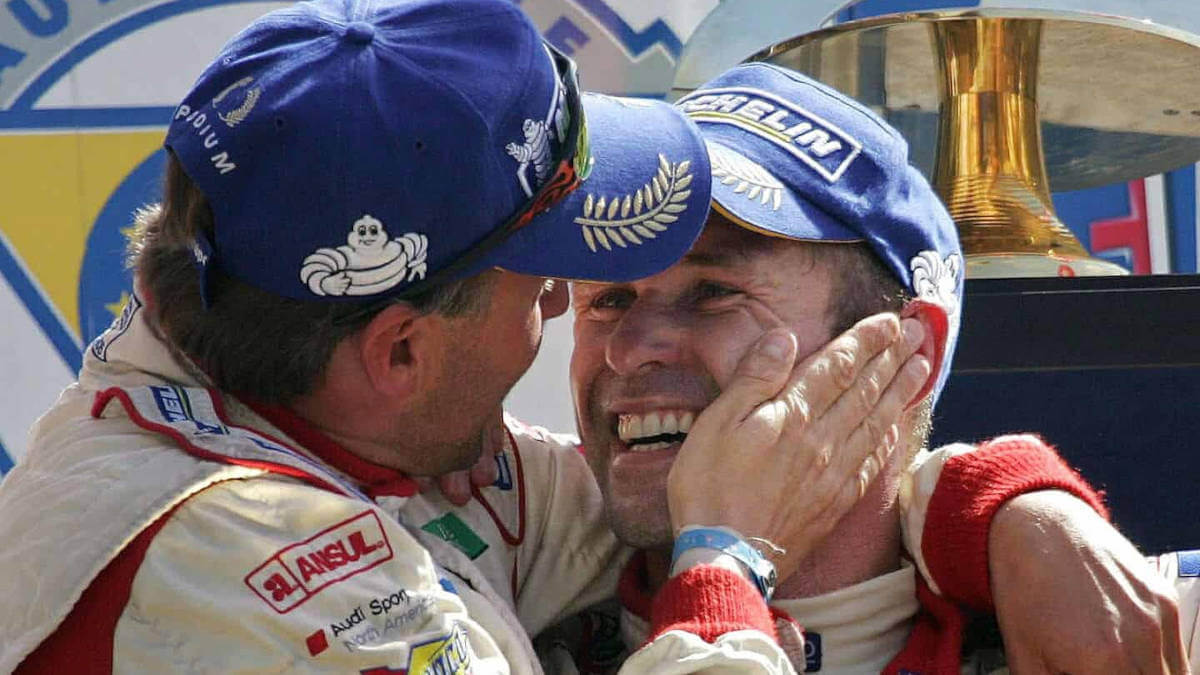



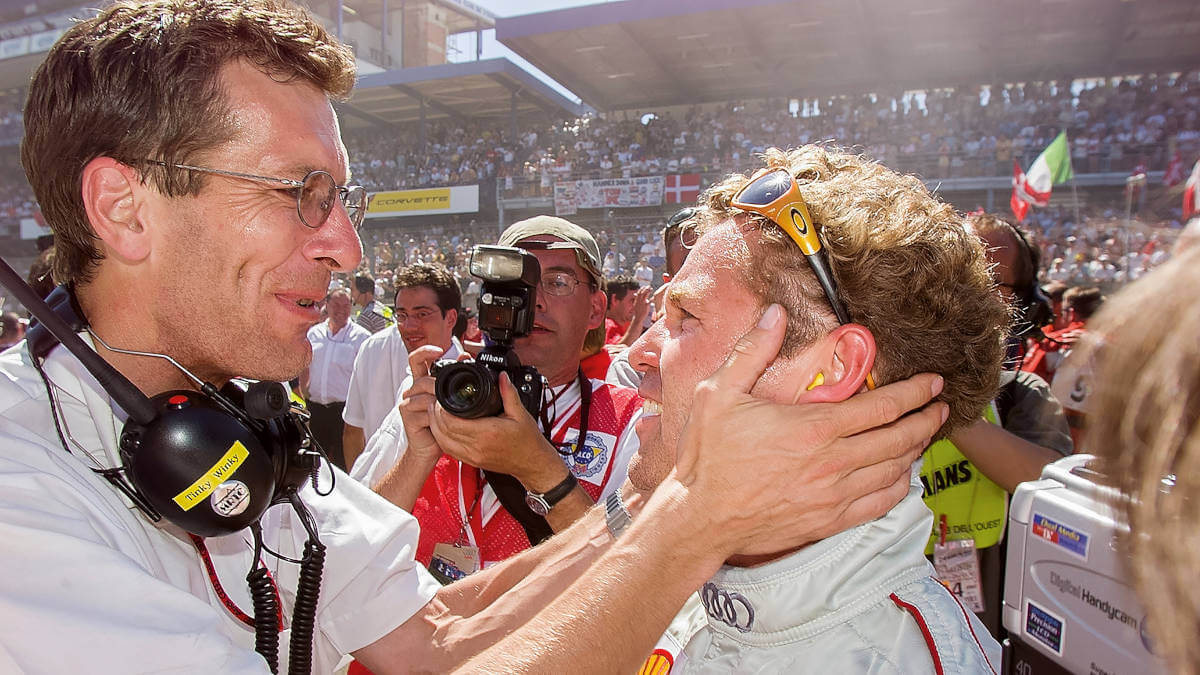



Secret Classics: “Hello Tom, thank you so much for taking the time to do this interview with us.”
Tom Kristensen: “Hello from me, too. You’re very welcome.”
SC: “We’d like to start with nine quick A or B questions as a warmup. You can pick a predetermined answer. Nine questions because of your nine victories in Le Mans.”
TK: “All right, we’re ready to go.”
SC: “What do you like more, race cars or street cars?”
TK: “Race cars.”
SC: “Sports car or family car?”
TK: “A Sports car, but you can combine the two well, for example with an Audi RS 6. There you have both, a sports car and a family car.”
SC: “Skiing or cycling?”
TK: “Cycling I do by far most. I like skiing as well. Without a doubt, though, cycling is a big part of my life and number one on my training list.”
SC: “Vacation on the beach or in the mountains?”
TK: “I absolutely love the mountains, also in terms of sport. I get bored at the beach, but sure when I like to relax I also like it, but only for a short time. I can spend longer times in the mountains. preferably on a mountain bike or hiking. So I can spend longer time there than snorkeling.”
SC: “Reading books or watching TV?”
TK: “I’d love to read more books, but if I’m honest, I end up watching too much TV. Mainly news and sports, though. These are the two prime things, so to speak.”
SC: “If you had the chance: Compete again at Le Mans or stay home?”
TK: “(laughs) I retired for a good reason and at the right time, and I’m happy with the decision. But of course it would be great to make a comeback attempt, but it’s not going to happen.”
SC: “Three answer options this time: Meat, vegetarian or vegan?”
TK: “I attach a lot of importance to sustainability, but I also eat meat. Significantly less and, above all, higher quality meat than before, but it remains on my menu.”
SC: “Expensive or reasonably priced, in terms of all everyday items?”
TK: “There is no final answer to that. You should look more at quality than quantity.”
SC: “And so to the ninth and final quick question: interviews, are they interesting or rather boring for you?”
TK: “That depends very much on the interview partner. Interviews can definitely be very interesting. So far, I’m very happy with this one.”
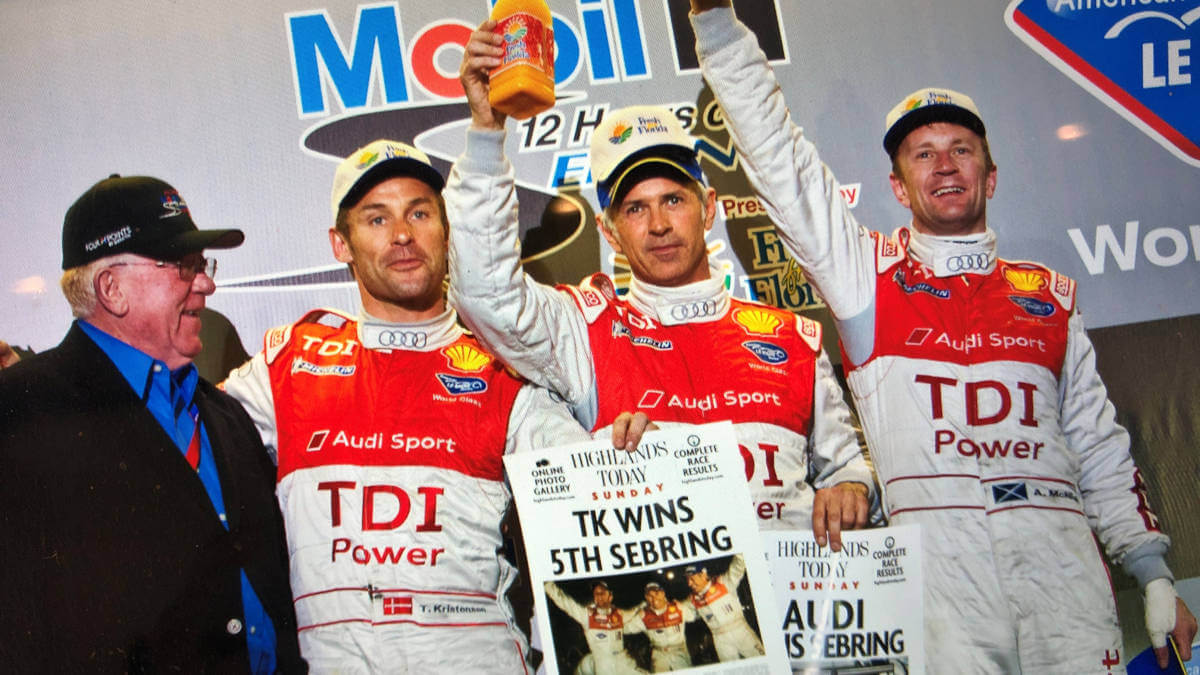



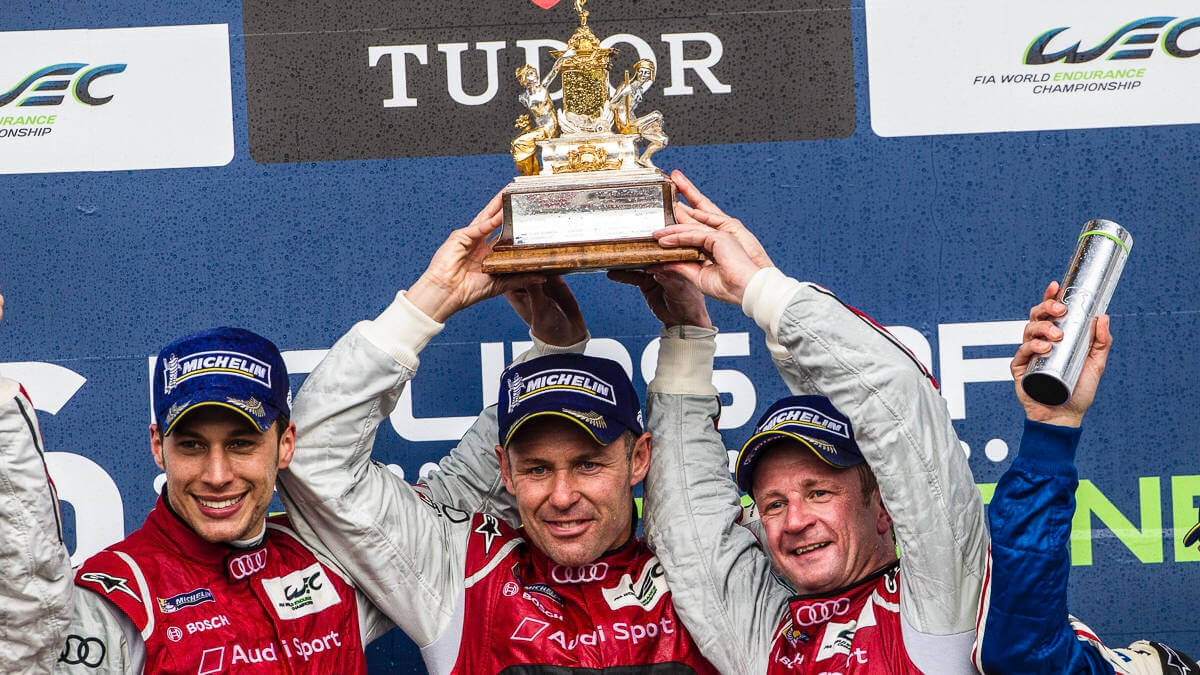



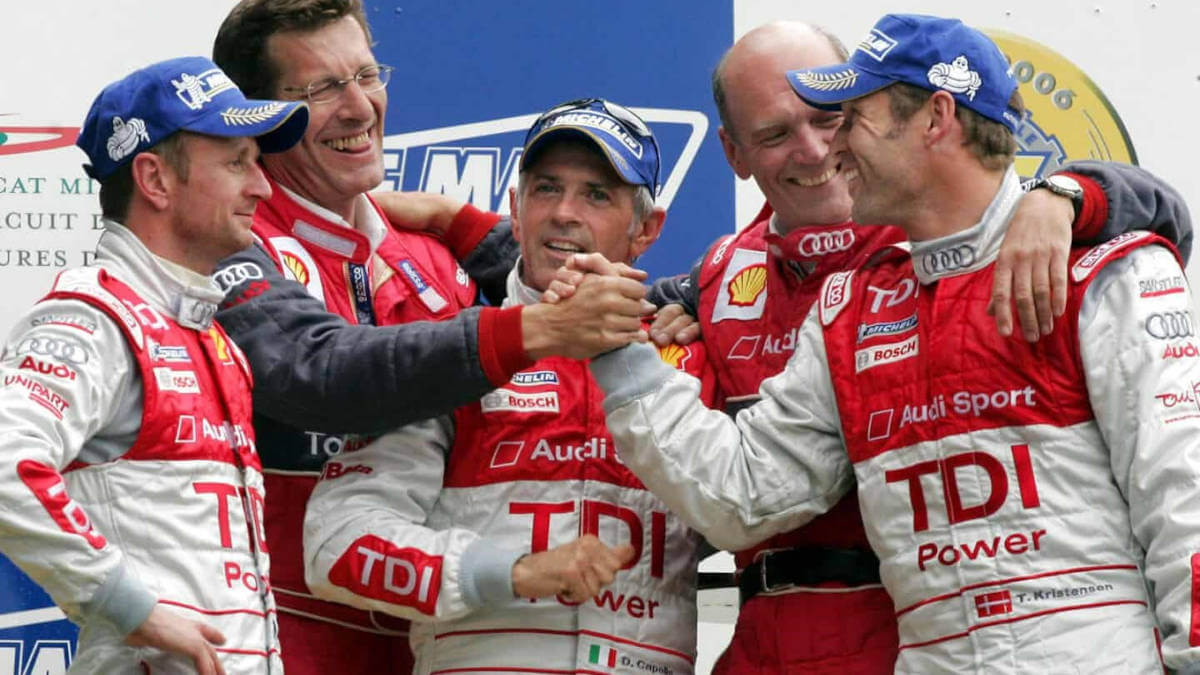



SC: “With that, we move on to the questions sent in by our Instagram community. Two of them can be combined. They are: What was your best year at the 24 Hours of Le Mans? (asked by @jimmy.mtr17) and: Which was your most difficult victory at Le Mans? (asked by @mathias_a_larsen)”
TK: “I’ve competed 18 times at Le Mans. It’s difficult for me to single out a “best time”. Of course, everyone involved in the respective teams was totally thrilled and enthusiastic after every victory. But the year that was really special was 2008. No one had us on their radar. No one even suspected us to be close to victory or even the podium. Peugeot gave us a terrific fight and was 3.5 seconds faster than us per lap. With the help of the rain and an aggressive strategy and the way we drove, all three drivers, Capello, McNish and myself, we were able to achieve something big there. We always switched back and forth between intermediates, rain tires and slicks very early on. Intermediates when it was actually still really wet, slicks when there was still moisture on the track and vice versa. We also tried to put out another lap on the fuel per stint but driving as quickly as possible. Everyone in the team and in the pit garage ‘over-performed’. We felt that and that led to a fantastic ambient. As well as fantastic camaraderie and huge pleasure. We’ve had that every year in Le Mans, it’s even better when you win. But in 2008, on top of that, there was just a special energy because no one from outside saw us as a candidate to win and we didn’t want to accept that internally.”
“In 2008, nobody had us on their radar.”
SC: “Which is your dream race where you would like to compete in? (asked by @macalistairthomson)”
TK: “In my career, I have experienced many racing series and vehicles. I love this versatility. I don’t know what else I could dream of. One of my inspirations was the cartoon series “Flåklypa Grand Prix” from Norway (which ran as “Hintertupfinger Grand Prix” in Germany, as “Pinchcliffe Grand Prix” in English, and in Denmark as “Bjergkøbing Grand Prix”), which I watched as a little boy. It was about a fictional car race, but it was in my mind and inspired me as a young man. Then there is the Paris-Dakar Rally. My dad competed there. That would be a completely different way of racing for me compared to anything I’ve done before, including the Race of Champions. In Germany, you would say “Abenteuer” (adventure). So my dream race could be something like that, the Paris-Dakar or the Baja 1000 in the dunes of Mexico.”
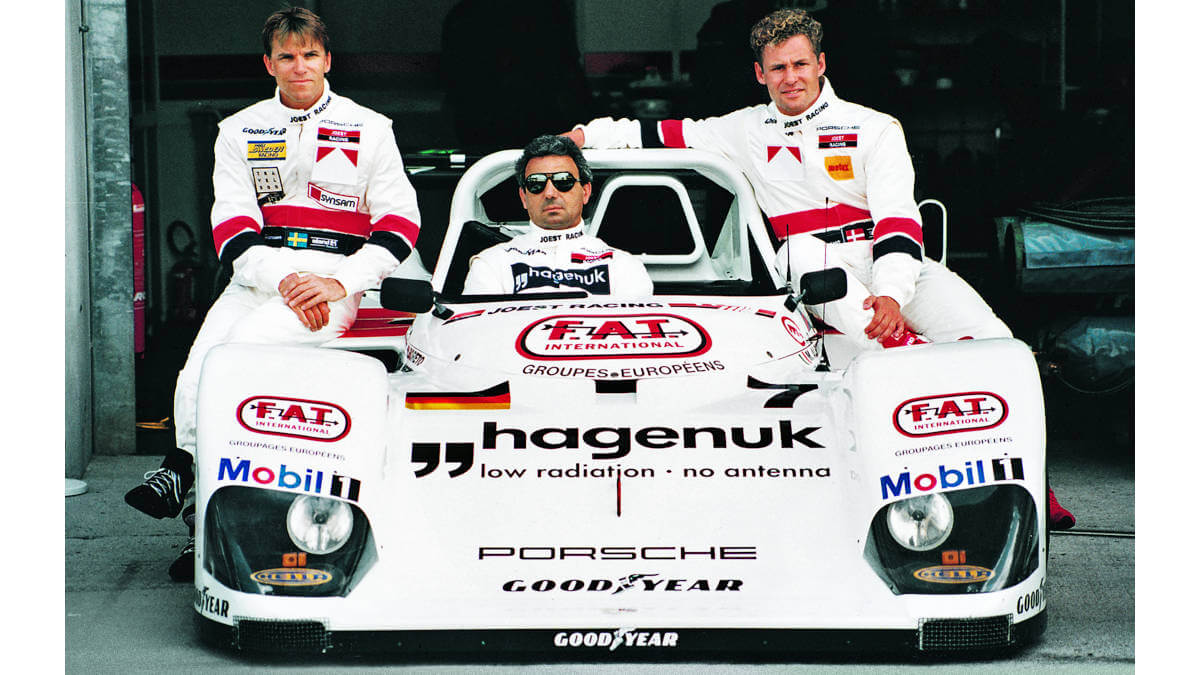



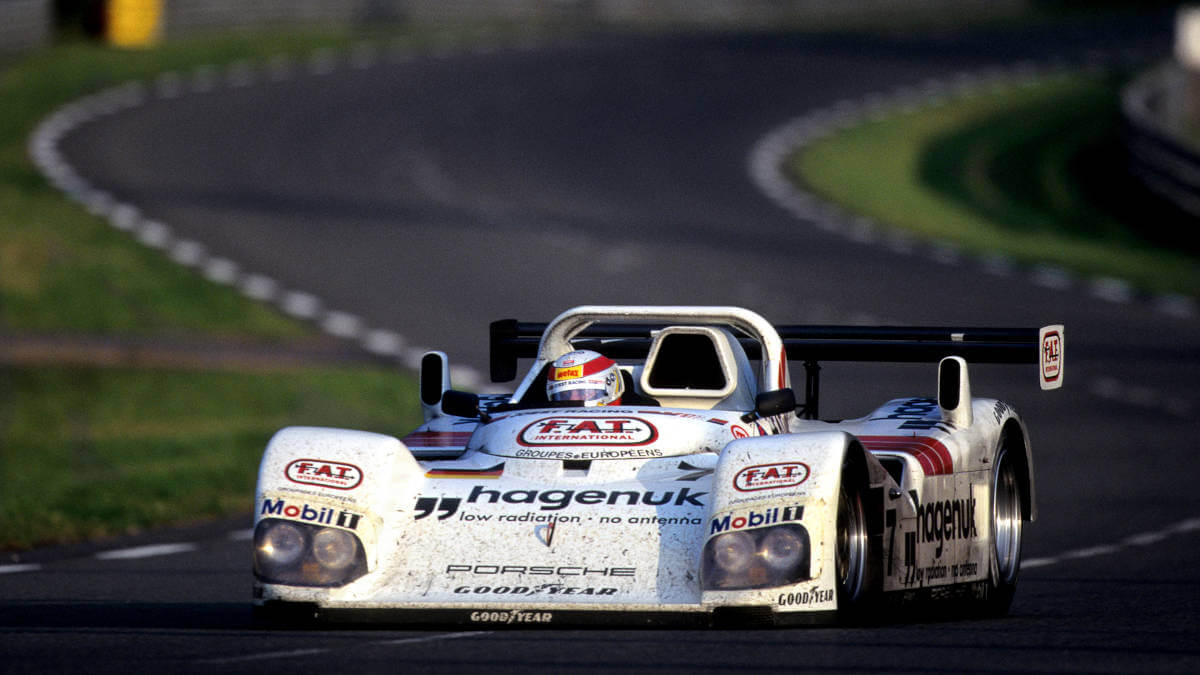



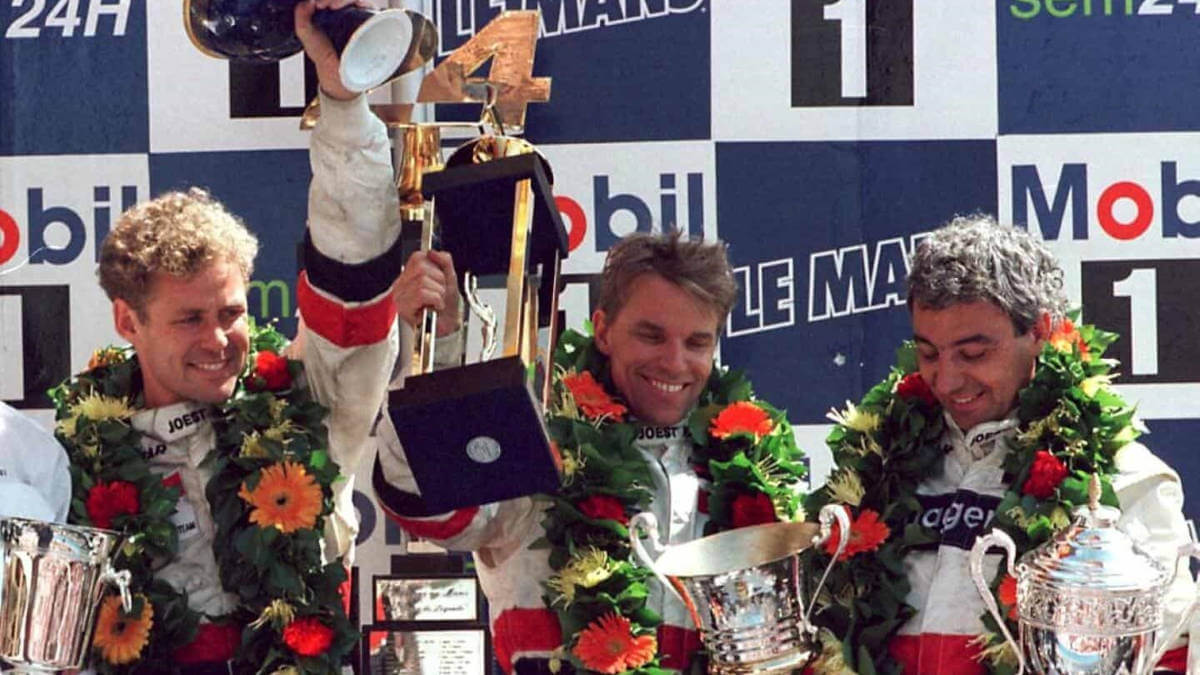



SC: “How did you feel before and in your very first race at Le Mans? After all, you won outright. (asked by @0guzh7n)”
TK: “The very first time there is special in so many ways. Many things are simply unique. The first thing you notice is that Le Mans is different from all the other races. The history and heritage, the buildings, you’ve seen it all before on TV or in magazines, even though you’ve never been there yourself. But when you get there, it has a different impact on you as a driver. The race course is unlike anything else you drive. It’s longer than anything else, apart from the Nürburgring Nordschleife, but it’s also much faster. That excitement was definitely stronger the first time than it has been in the years to come when I competed there again. The first time was definitely something special. Also because I joined the team at the very last moment.”
“The first time was very special.”
“I had never met the other drivers before. I only got to know them and the team at the track, the day before qualifying. So it all happened at the last moment the first time. I only signed four days before the race. By then the team had already left for Le Mans. So my first time there, those six days I spent there, left a lasting impression. I learned more there in that short time than I probably had in an entire school year before. I arrived there as a debutant, the third driver for the Joest Porsche team. Michele Alboreto and Stefan Johansson helped me a lot. Not by telling me what to do, but by giving me a lot of faith, supporting me, and showing me that they were fully okay with me joining them in the cockpit. I was very happy about that and of course it helped my confidence. The best way to illustrate how well my debut at Le Mans went is to look at the following: I drove four stints during the night into the morning hours. Not only did I set the fastest lap of the race, it was also a new lap record at the time. On my second time in this car in the race! With the knowledge and self-confidence I gained back then, I laid the foundation for all my later Le Mans races with different teams, manufacturers and driver colleagues.”
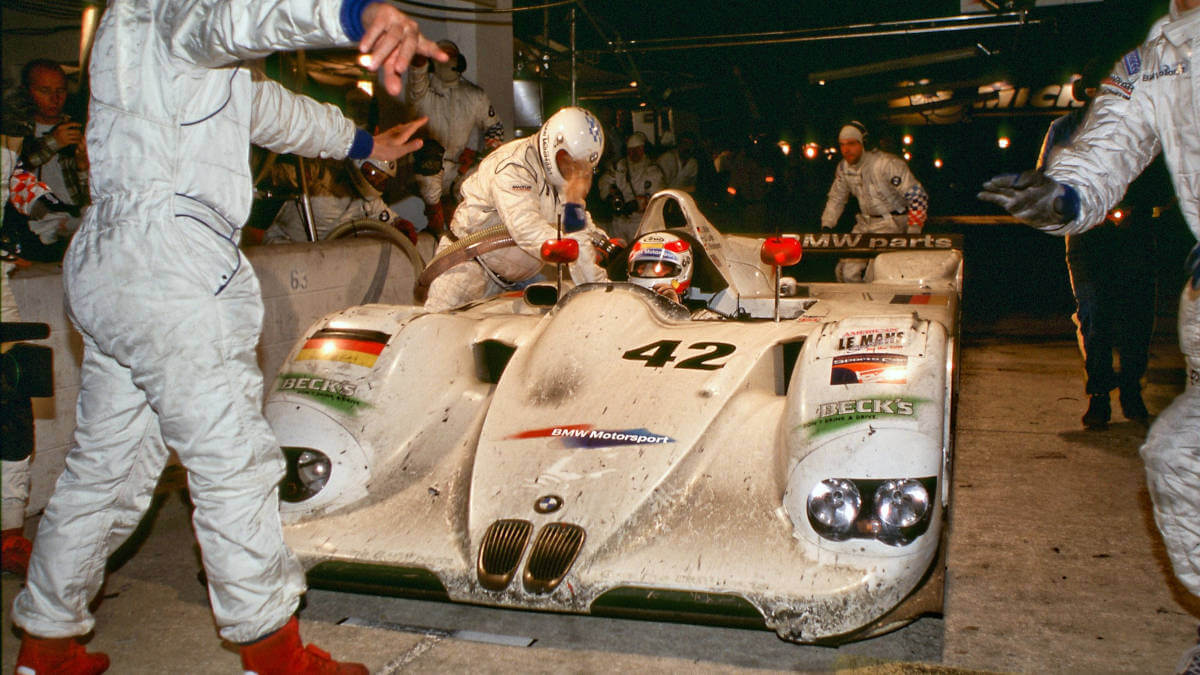



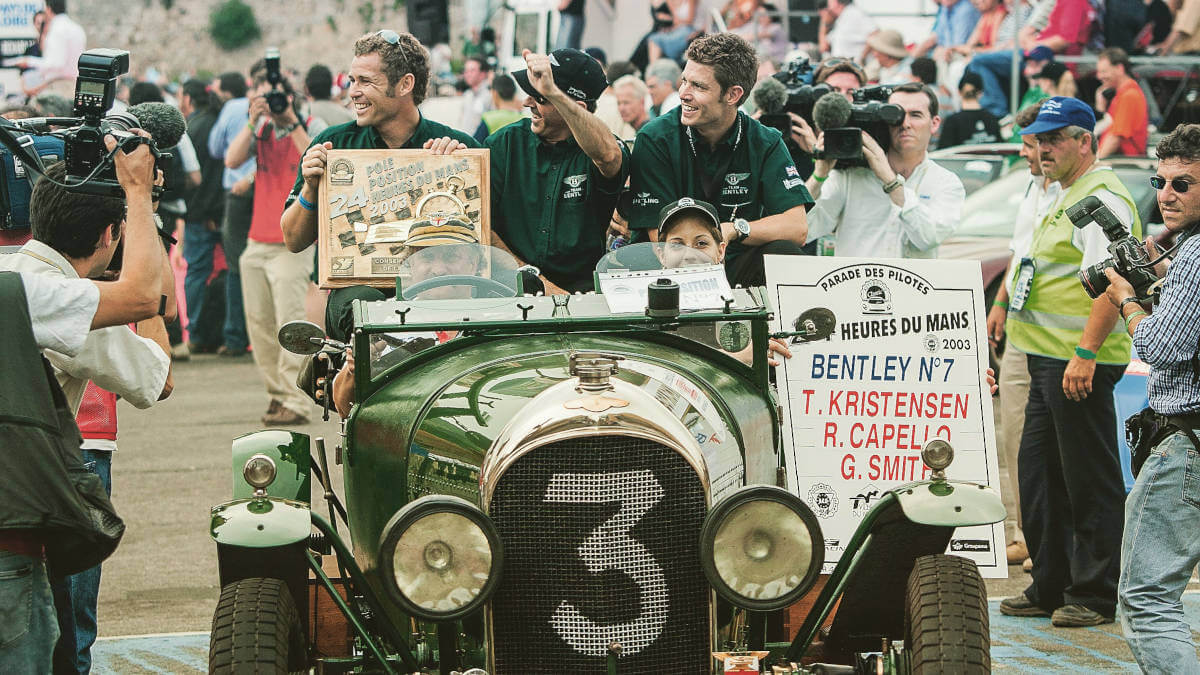



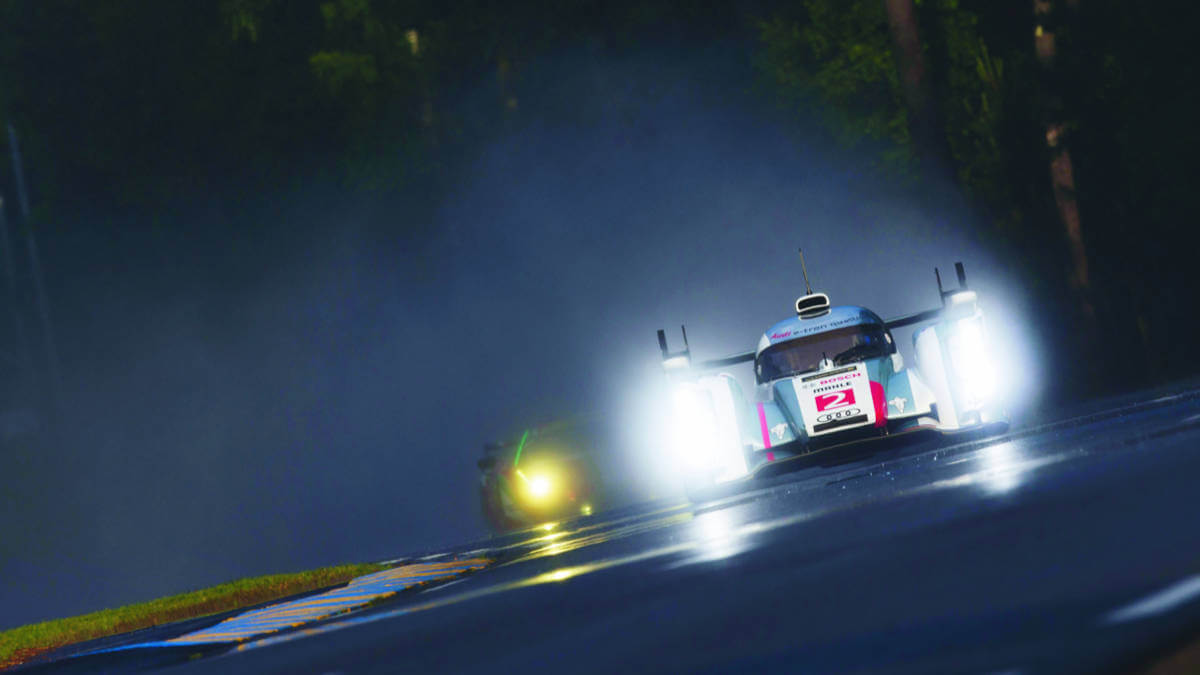



SC: “Were you ever bored behind the wheel at any point in Le Mans? For example, while it was going into the night? (asked by @tonsty)”
TK: “No. I’ve never been bored driving. It was a different situation in 2011, when I was actually bored at times, but that was also the only race were I technically never took part in. Our car crashed after only one hour and I never sat behind the wheel during the race. Of course, I was still involved and worked with the team. I also helped with André Lotterer’s last pit stop. But that was 22 hours after our own car retired. Otherwise, I was only able to attend a few PR activities, but without the usual adrenaline. Allan McNish had this serious accident and on top of that Mike Rockenfeller crashed around midnight with the second Audi. Both accidents were very wild and that was reflected in my emotions.”
“I was bored at Le Mans in 2011.”
SC: “How many calories did you consume before a 24 hour race and burn during the race? (asked by @ozcanemreaksoy)”
TK: “I never looked at it that way. I focused more on my diet. It wasn’t about dieting to lose weight, it was about eating what gives you enough energy. I didn’t look at calories, I looked at making sure what I was eating was easy to digest. That was important. At the same time, I had to drink enough. Just before going into the car it was mainly isotonic drinks with lots of electrolytes to prevent too much sweating. Sometimes a little salt went in because you lose so much fluid in the closed race cars that you can get cramps or worse if you don’t take precautions. Other than that, you eat light food. The heaviest thing you can indulge in is pasta with tuna or pasta with tomato sauce. Otherwise, there was banana, maybe with a little bit of honey or yogurt. All things that are very easily digested. You stay away from meat, onions and other things that will stay in the stomach for a long time.”
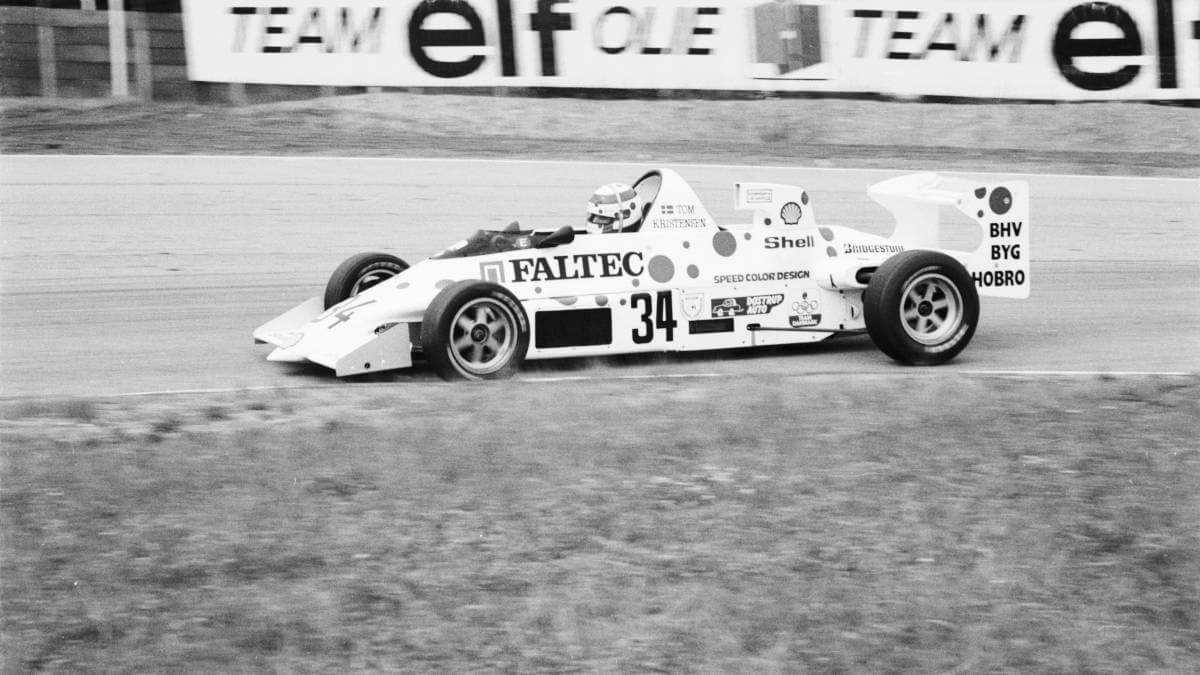



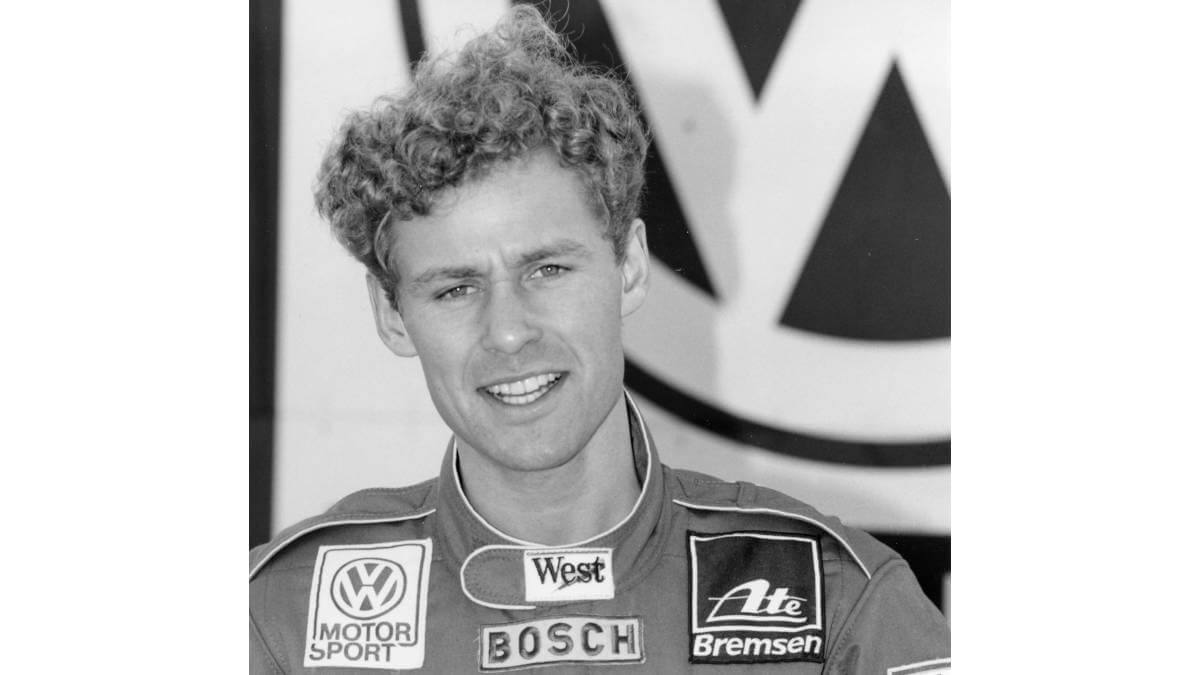



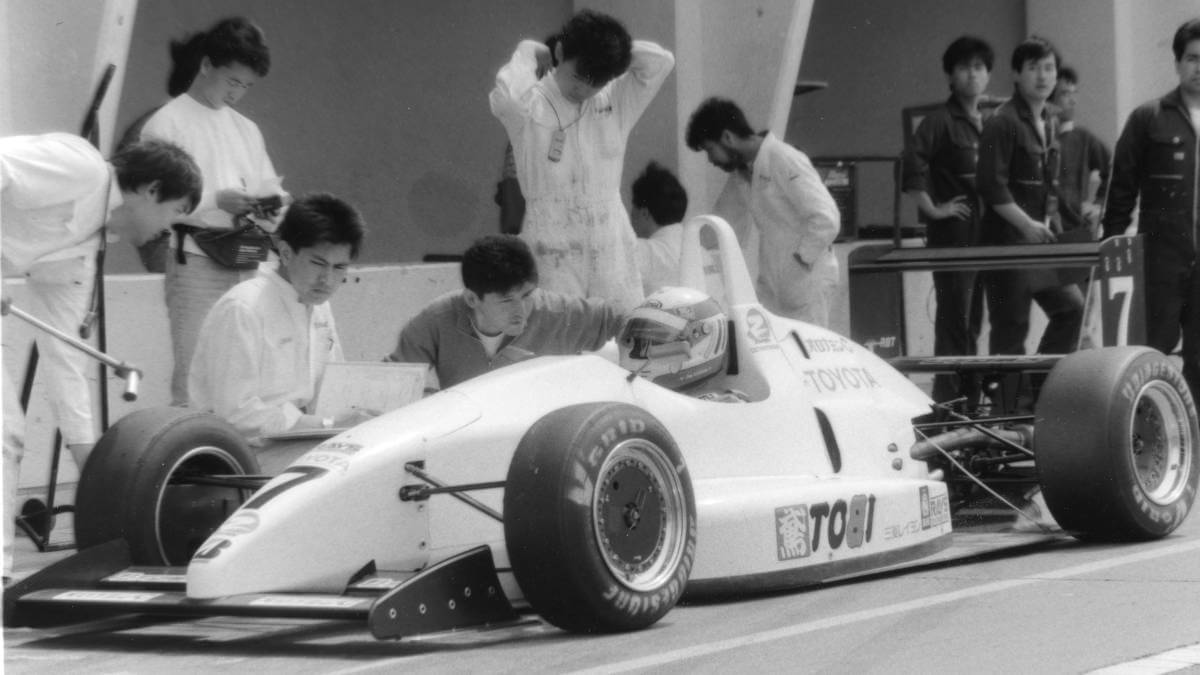



SC: “To what extent was your success the result of conscious discipline versus intrinsic drive? (asked by @asb.kau)”
TK: “I don’t know exactly. I hope people read my new book (more on that at the end of this article). Dan Philipsen, the lead author, also asked that question. I would say it was a mix of both. In the book, several other people describe it from their point of view. Among others, Dr. Ullrich in his foreword. But I think that conscious discipline has given me the freedom to instinctively push more. For me, it’s very important to be in good physical shape. That motivated me a lot for my training before important races, especially before Le Mans. If I had prepared well and, as part of this discipline, was able to work well with the team, I was able to perform better and take certain chances. These chances led to success, risks paid off. Some say I got lucky at the right time, but that’s the result of proper preparation.”
“The chances and risks paid off.”
SC: “You didn’t just drive the big Le Mans prototypes in your career. In the book you can read your progression through karting, touring cars and so on to Formula One tests. If you were a few years younger and still active in motorsport, how would you feel about driving Formula E? (asked by @mximlr)”
TK: “I’ve really driven a lot of cars, so it’s actually wrong to call the new book ‘Mr. Le Mans’. That wasn’t my idea. But I agreed in the end, because it’s actually the most important race of my career. But I’m glad you know my other career as well. Formula E is great, a great alternative and will certainly grow in the future. From my point of view, that’s because the supervisory board members of the manufacturers represented are getting incredibly good feedback, even from politicians around the world. So it’s currently the idea to work with. And where Formula E is particularly well positioned, apart from sustainability, is urban racing. The races take place in the middle of major capitals around the globe, bringing racing to where a lot of people are. That’s brilliant. I’ve driven a Formula E race car, but only for a few laps on the Audi test track in Neuburg. It’s a completely separate discipline to which you have to adapt and optimize your driving skills and style. Since then, the cars have evolved significantly, with more power and better drivability. But even the early generation I tested was very interesting. So sure, if I were a bit younger, I might have gone down this path together with Audi. But in my career, this question has never come up.”
“Formula E brings racing to the people.”
SC: “Do you think the 24 Hours of Le Mans will one day be all electric? (asked by @werk_911)”
TK: “Racing is always about breaking boundaries and setting records. At the moment, I think the hybrid drive works better for endurance races over 24 hours. And I think that should remain the case for the next ten years or so. If you look at today’s cars, they are already very electrified by these hybrid systems. At the same time, this has meant that we drivers have had to evolve quickly over the last ten years to keep up with the complexity and the increased speed. The Le Mans organizers are trying to promote hydrogen-powered vehicles, which also makes sense from my point of view. So I never say never in terms of racing, but from today’s perspective, an all-electric 24-hour race is still a little further in the future.”
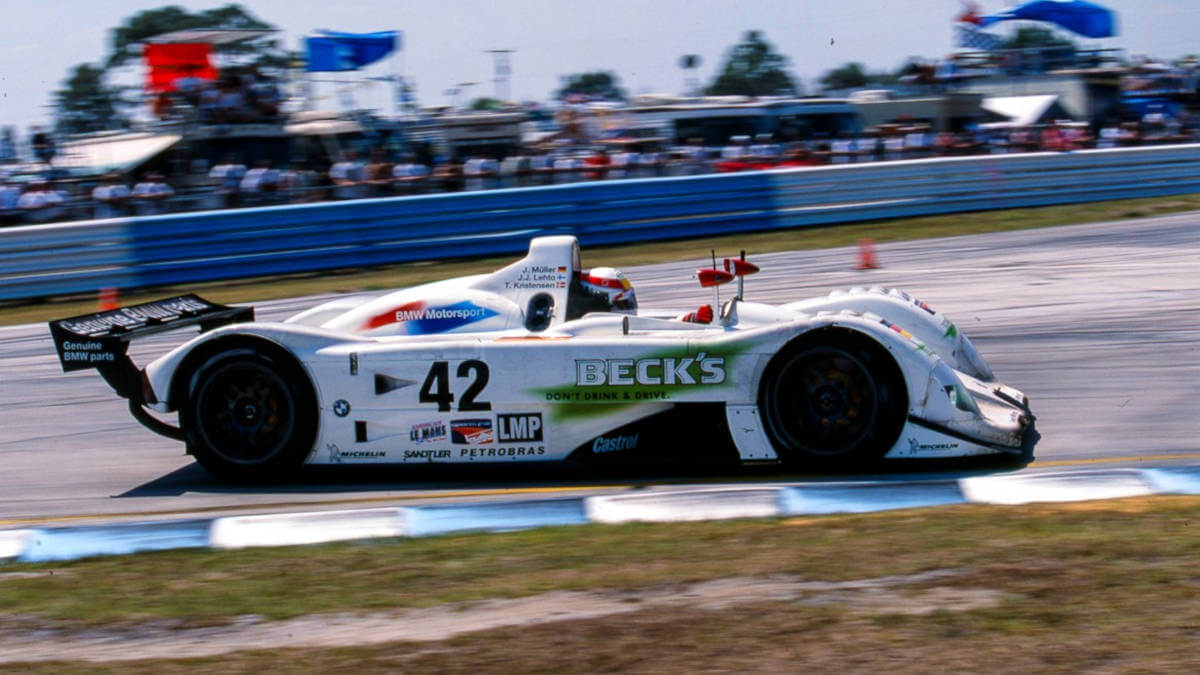



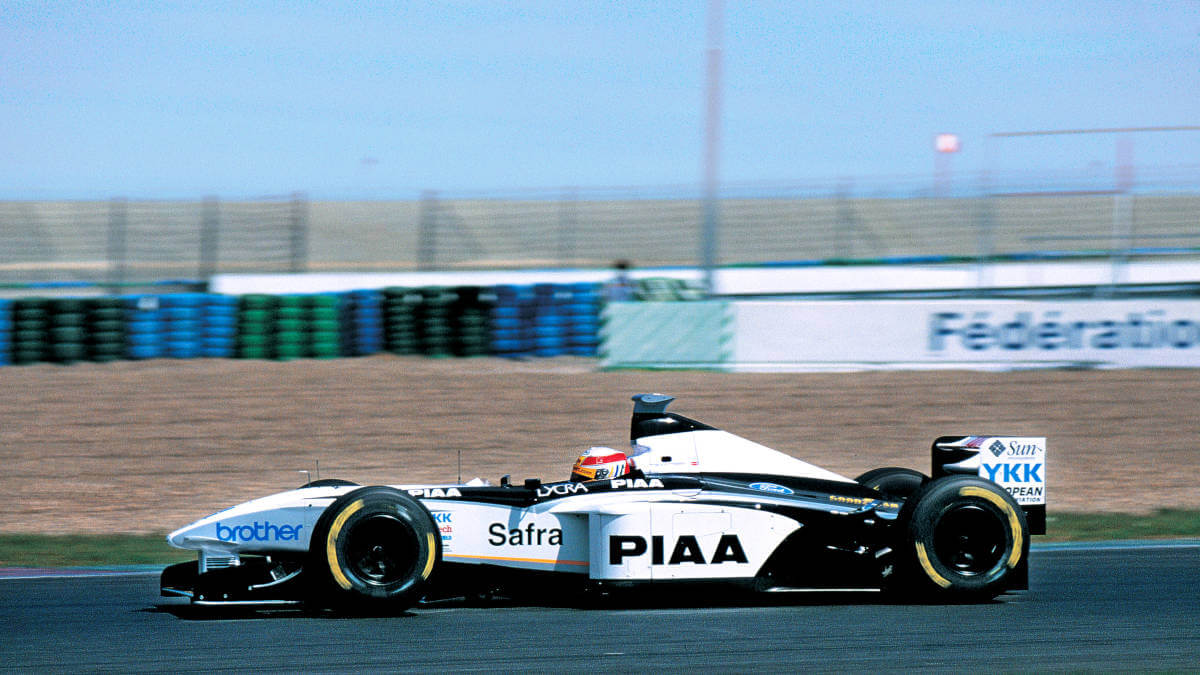



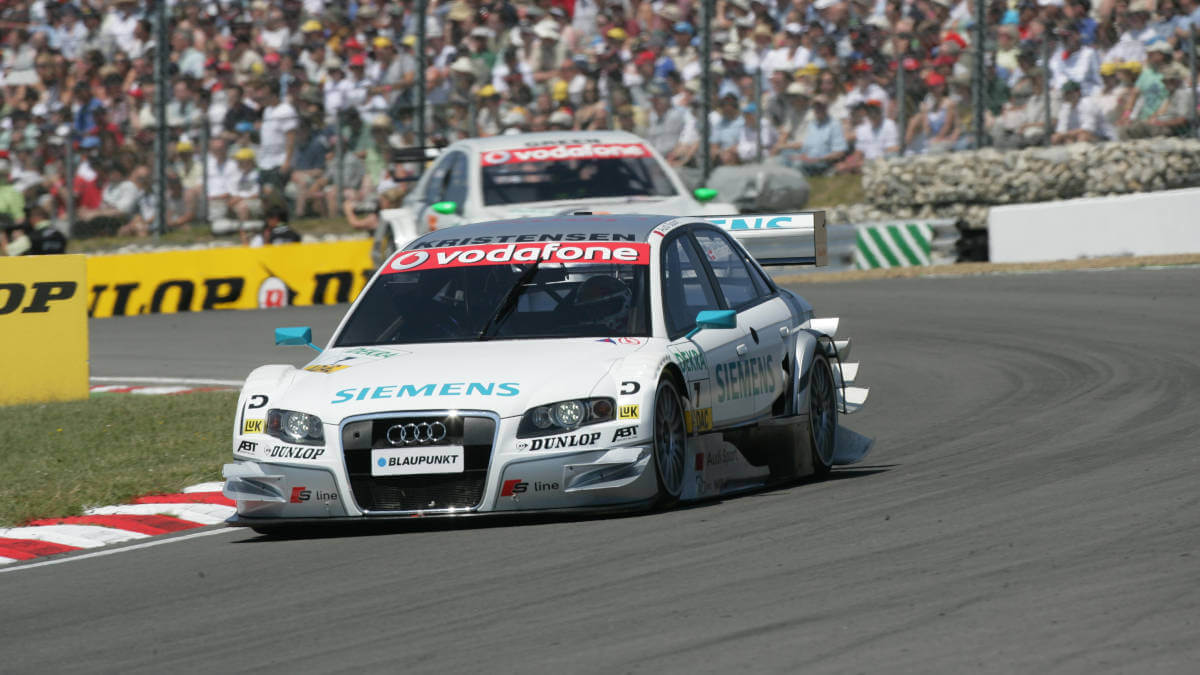



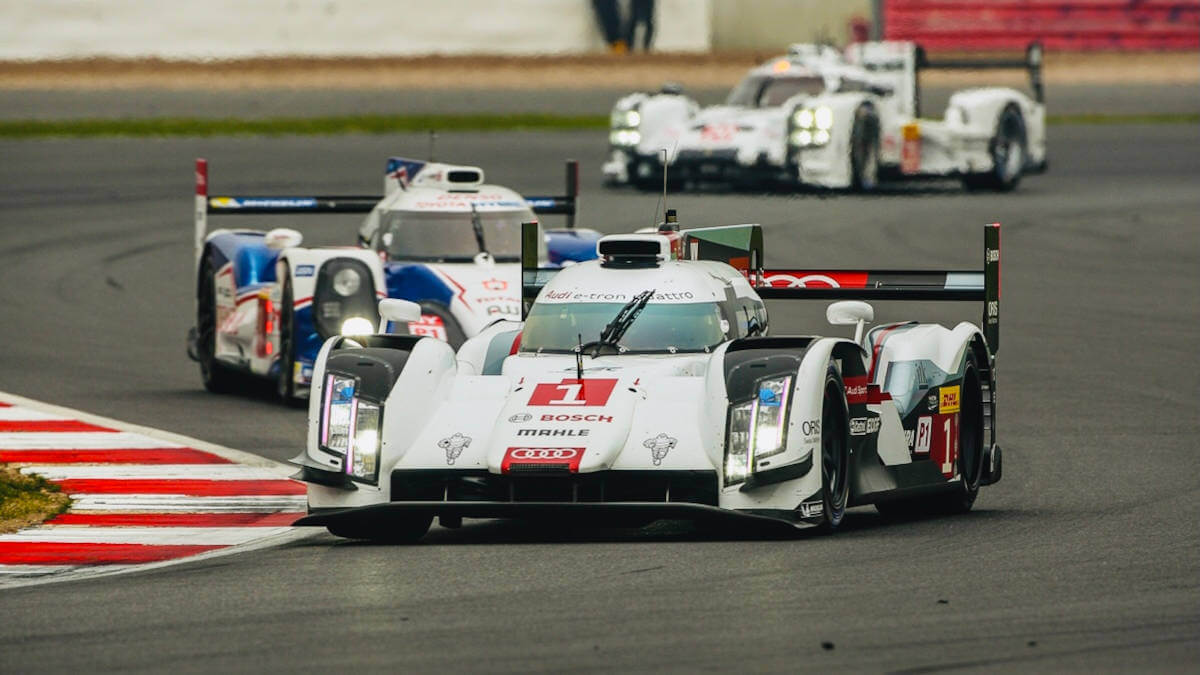



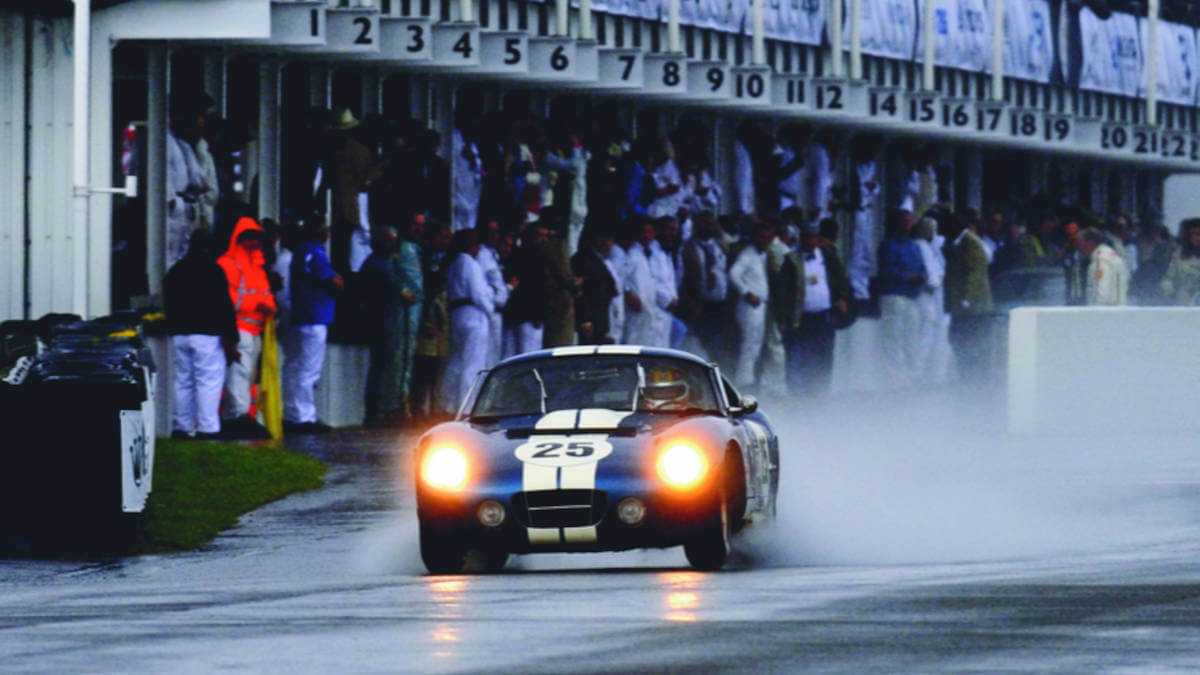



SC: “What’s the best race car away from Le Mans cars you’ve ever driven? (asked by @petar3.14)”
TK: “Well, at least I can tell you which was the fastest. That was the Williams FW21B, without a doubt. I drove it in 2000, but it’s a 1999 race car and had the powerful BMW V10 engine in the rear. We could only drive around for 350 to 380 kilometers at a time, then the engine was changed. It consisted of interesting and, above all, expensive materials. Parallel to our tire tests for Michelin, BMW kept developing the engine in our car. Later, Michelin switched to a Jaguar, which was still based on Stewart’s F1 race car. But the Williams was clearly sharper, in my opinion.”
“The Williams was sharper than the Jaguar.”
SC: “What car do you use as a daily driver? (asked by @fabianson5)”
TK: “So far an Audi RS 6. But I’m thinking about trying out an electric vehicle and gaining experience with it. I’m getting an Audi e-tron GT soon, but it’s not in the garage yet.”
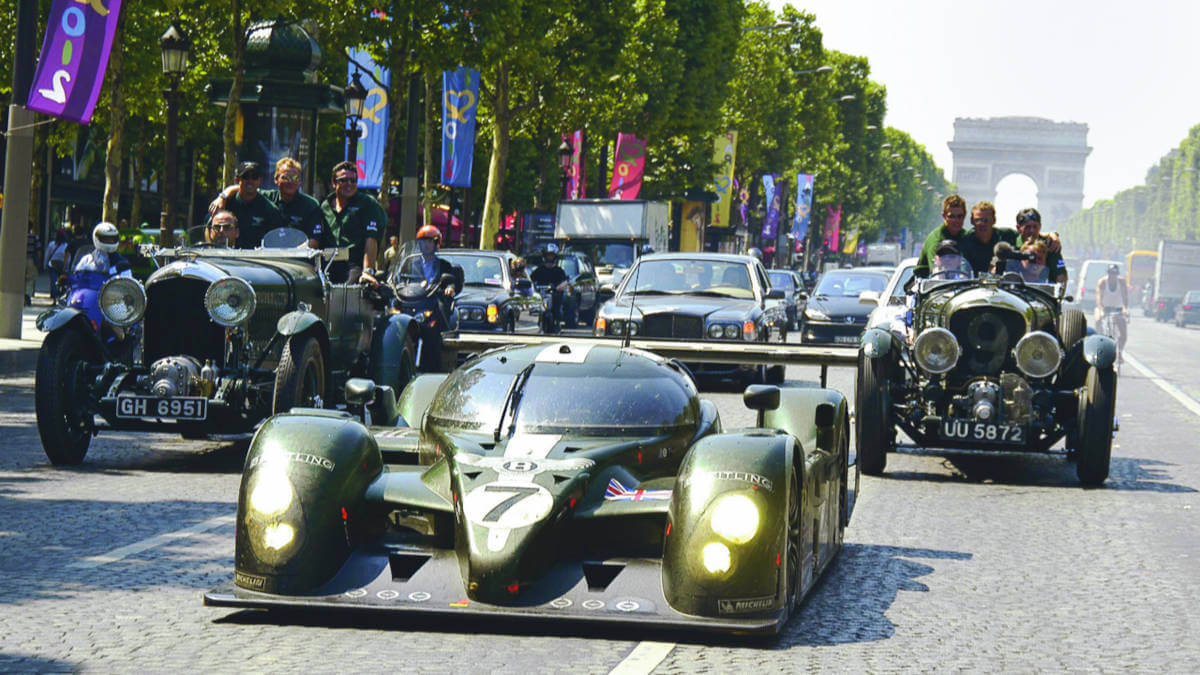



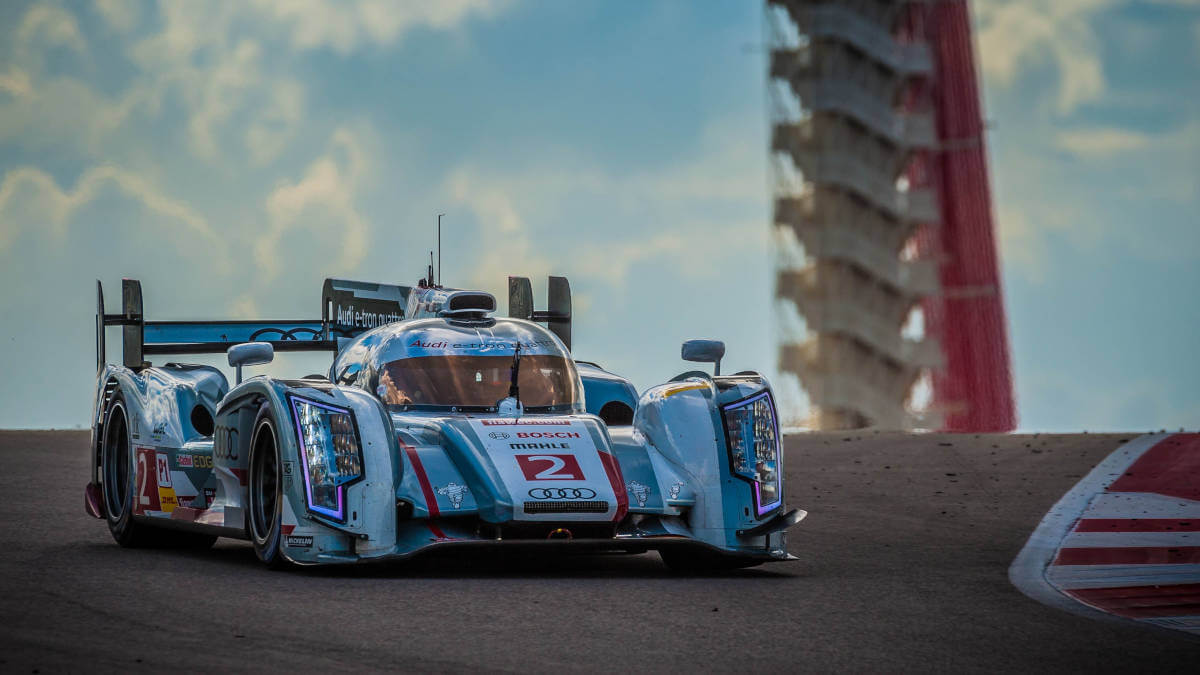



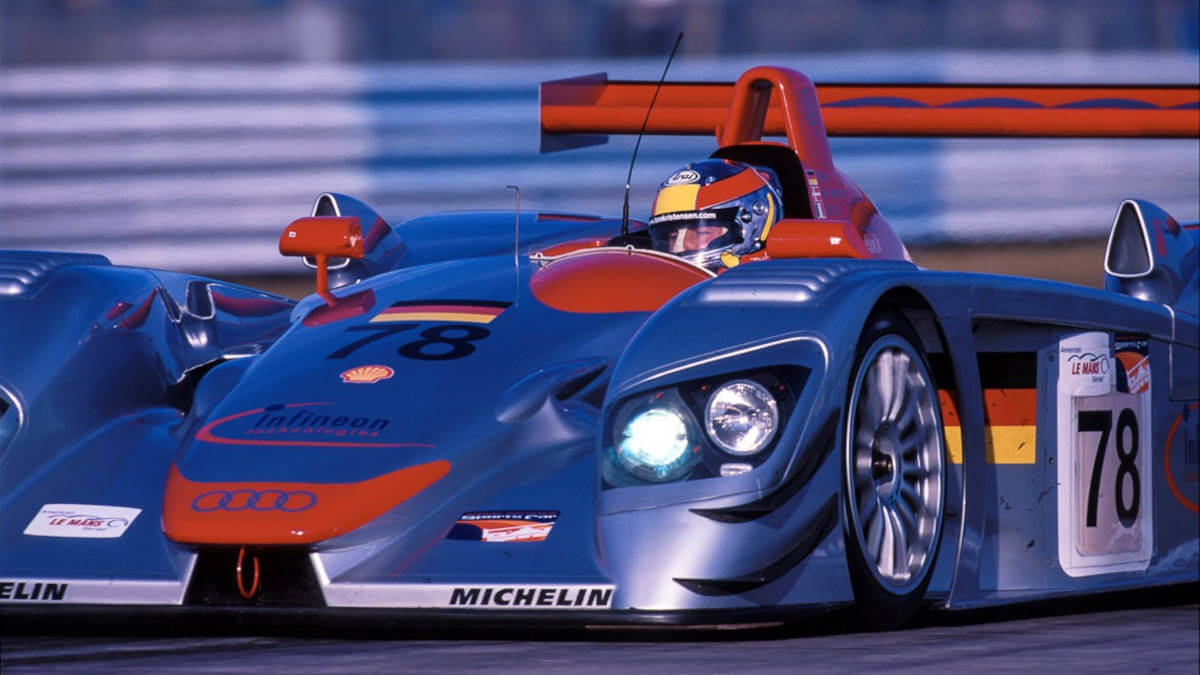



SC: “This brings us to some final questions from our editorial team. If money were no object, what three cars would you like to put in your garage?”
TK: “The first car I’m thinking of is from the year I was born, 1967. It would be a Ferrari 330 P4. Then it would be the Bentley Speed 8 from 2003. The car in which Guy Smith, Rinaldo Capello and I won Le Mans. And then I could be foxy and say the 2013 Audi R18 e-tron quattro because I actually already have one in my garage. You could leave it at that. But in fact, I’d love to have an Audi R8 LMP-1 in my collection. The reason is simple. The R8 has taken five victories at Le Mans and each time I was one of the drivers. After the last of these victories, the Audi board members decided to build a mid-engine road sports car and to call it the Audi R8. A few years before that, they had presented a concept car called ‘Le Mans’ in Frankfurt (IAA). This car became reality a few years later and was given the name of the LMP-1 race car, R8. Nowadays, everyone knows the abbreviation as a result, but whether everyone knows the origin, I don’t know.”
“I would love to have an Audi R8 LMP-1.”
SC: “Is there a race track anywhere in the world you’d like to race on (again)?”
TK: “There are a lot of great race tracks that I’ve been able to race at. I’ve also been to some tracks where I didn’t race, but was just a spectator. For example, Philip Island in Australia. I loved racing at Road America in the United States. In my time in Japan, I probably raced at pretty much every track there and some of them are great. Unfortunately, I never competed at Virginia International Raceway. That’s a proper oldschool track with a long history that started as a dirt track and was paved at some point. The track layout has a great rhythm and at the same time a certain danger. It offers sporting challenges that are not present at many modern circuits. Many of them today are far too similar to each other. To get back to your question: Give me a mix of Le Mans, Suzuka and Sebring. A nice mix of those three circuits. That’s were I’d want to drive all year.”
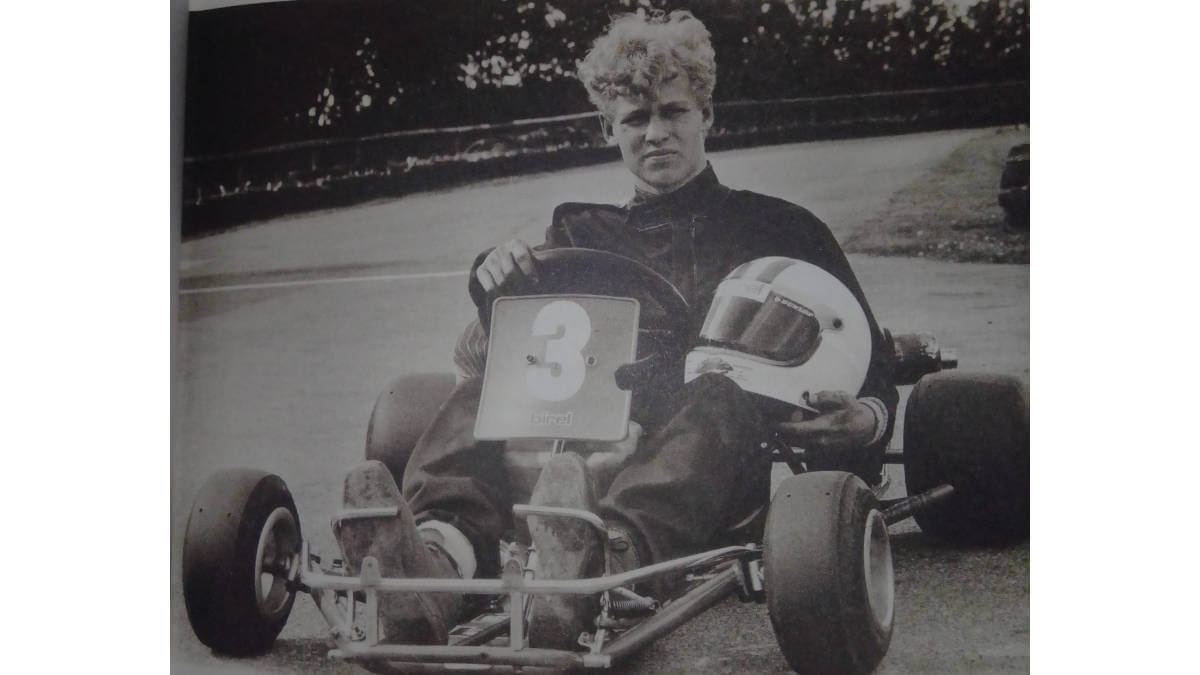



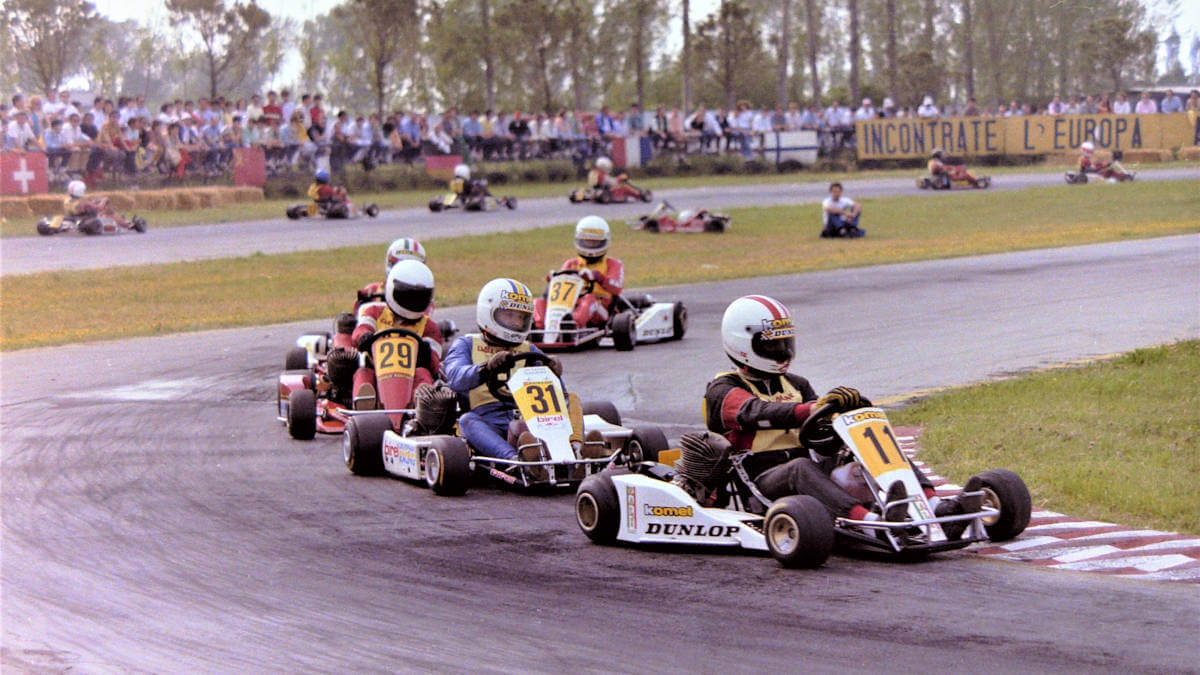



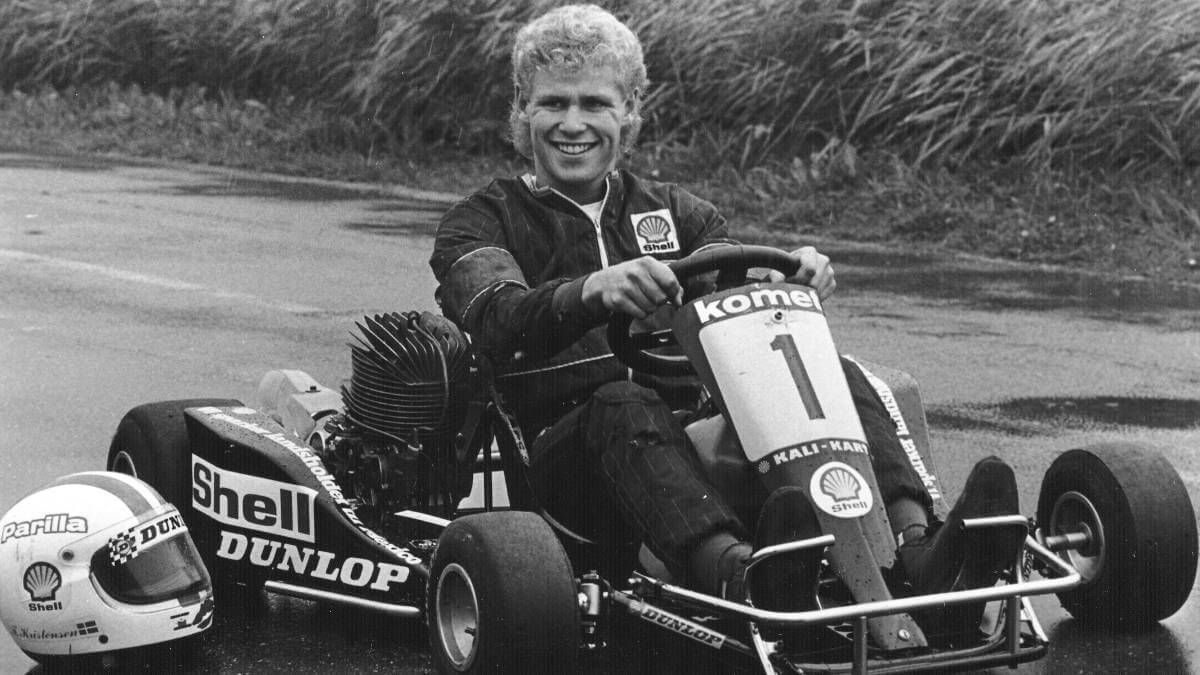



SC: “If you had the chance to meet your 15-year old self, what would you say to him?”
TK: “Get a haircut!”
SC: “We’ve talked a lot about your racing career. What is Tom Kristensen doing today, after retiring in 2014?”
TK: “I feel very privileged to still be involved in racing and motorsport in general. I get the most adrenaline when I commentate Formula 1 on Danish television. Then I’m there as an expert and coach for Eurosport at Le Mans. Otherwise, I now do more office work and important activities at the FIA, where I head the drivers’ commission. Together with some driver colleagues, we pass on advice and feedback to the motorsports federation in order to further develop our great sport. And then I have a couple of ambassador roles for brands that I’ve raced with over the years. So I’m very privileged and busy. When I do have some free time, you can find me either on my bike, at a golf course or playing soccer with friends. In that case, our glass of beer after the match is always important to us.”
“Get a haircut!”
SC: “And that brings us to our last question. Suppose there is no oil left to produce anymore one day and you’re allotted the last 50 liters of gas (or diesel), what car do you run it in and where would you drive?”
TK: “I would probably take my 1967 Volkswagen Bus. Of course, the whole family would come along. And then it would only be on small back roads, not on any highways. This car has never been on any highway so far, by the way. I would drive to the various places where relatives live or once lived. So it wouldn’t be a long distance overall from my immediate neighborhood.”
“I would take my 1967 VW Bus.”
SC: “Thank you very much for your detailed answers and taking the time for us.”
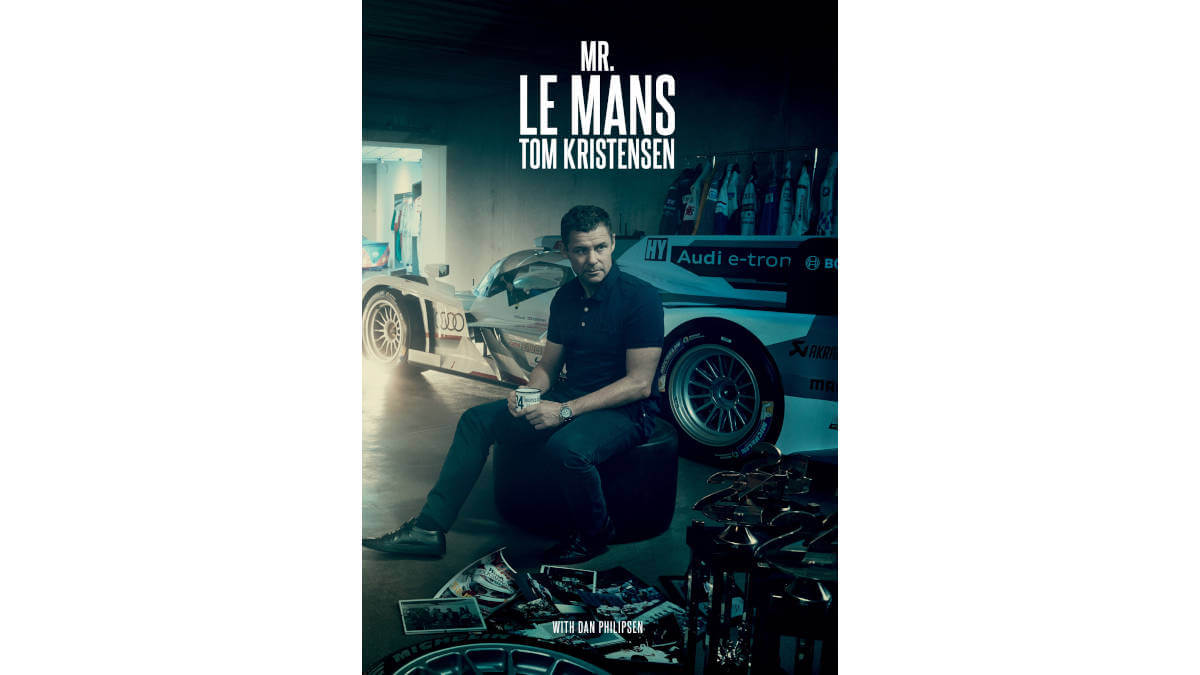



If you want to learn even more about Tom Kristensen and his impressive racing career now is your chance. Together with Dan Philipsen, the new book ‘Mr. Le Mans – Tom Kristensen’ was created. In addition to stories from the decades on and off the racetracks of this world, there are pictures worth seeing. We were allowed to use some of them for this interview. ‘Mr. Le Mans – Tom Kristensen’ by Tom Kristensen with Dan Philipsen is published by Evro and is available as a 432-page hardback book under ISBN 978-87-972603-0-2 directly from Evro Publishing or from Amazon. It costs 40 GBP (with autograph by Tom Kristensen directly from the publisher at 55 GBP).
Images: Evro Publishing, Charles Reviere, Keith Rizzo


